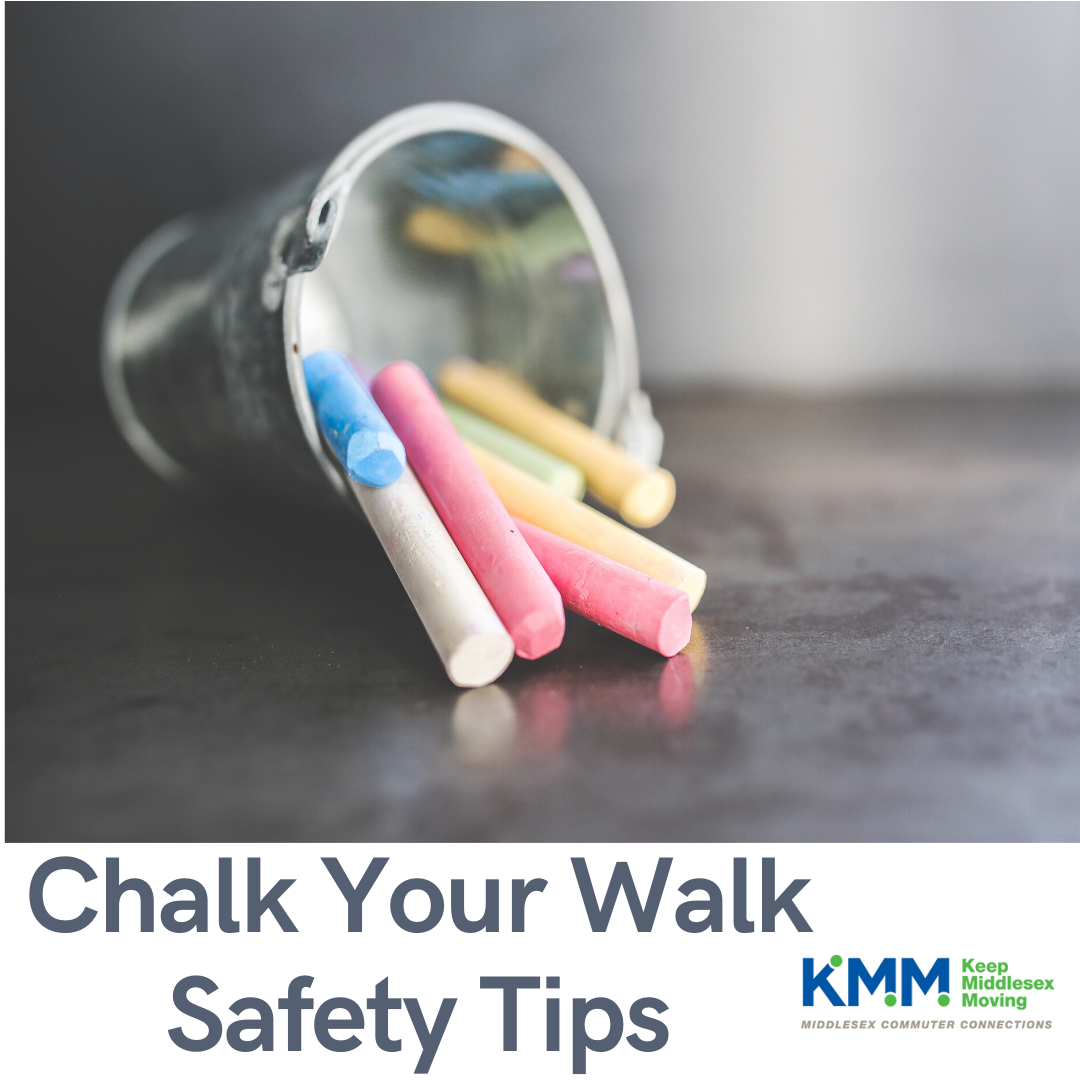
According to the CDC, Americans need to start preparing now for the possibility that more aggressive, disruptive measures might be needed to stop the spread of the new coronavirus in the U.S.; this includes the workforce. It is recommended that companies put a contingency plan in place. Here are some guidelines to help you create your contingency plan.
Responsibility – Sit with your staff and have them identify their day to day functions and what programs they use to perform these functions. Understand the tools and software they use and determine whether there are any security risks associated with them working remotely.
Hours – Although a simple idea, it’s smart to establish the hours in which the employee will be working remotely. It provides accountability and a sense of routine.
Technology – Establish the ways in which you and your team will accomplish their daily tasks. Do they have internet access, laptops and the correct software needed while working remotely? Can their office phone calls be forwarded to the remote phone line?
Cost / Logistics – What are the costs involved in working remotely? Once you have determined what is needed to work from home, be sure to outline what costs – if any – you will reimburse your employees (i.e. internet, phone calls).
Communication – The key to a successful telecommute program is communication. Establish a schedule of when your office team will meet remotely and establish the tools you will use. Skype, GoToMyMeeting and FaceTime calls are all ways for everyone to meet remotely. Programs such as Basecamp can be a helpful tool for those working on different components of a project.
Accountability- In instances where telecommute programs are in place as a benefit, reviews are often scheduled every three months to ensure deadlines have been met and the work-from-home program is working for both the employee and employer. However, in an instance such as a temporary telecommute program due to a crisis, these telework situations may last a few weeks. None the less, it would be prudent to set up calls between all levels of staff and support to assess everyone’s performance.


 Learning how to ride a bike is a rite of passage. Teaching someone to ride a bike is another. The event is ingrained in our memory and in some cases documented on video or photo for prosperity. If you are planning to teach your child how to ride a bike, here are tips to help make the milestone safe, memorable, and hopefully successful!
Learning how to ride a bike is a rite of passage. Teaching someone to ride a bike is another. The event is ingrained in our memory and in some cases documented on video or photo for prosperity. If you are planning to teach your child how to ride a bike, here are tips to help make the milestone safe, memorable, and hopefully successful! UPDATE: The deadline for submission is May 1, 2020. You may also scan and email the bookmark to programs@kmm.org. We ask that you mail the original copy at a later date.
UPDATE: The deadline for submission is May 1, 2020. You may also scan and email the bookmark to programs@kmm.org. We ask that you mail the original copy at a later date. If walks around your neighborhood have increased in the past week, perhaps you have seen inspirational messages drawn across the sidewalk and pavement. This art is called #ChalkYourWalk and it’s springing up everywhere.
If walks around your neighborhood have increased in the past week, perhaps you have seen inspirational messages drawn across the sidewalk and pavement. This art is called #ChalkYourWalk and it’s springing up everywhere. Hello, more sunshine and daylight! This Sunday, we will move the clocks ahead one hour. Along with the extra daylight and sunshine can also bring sleepy, tired folks. Here are some tips to help you prepare and adjust to the change.
Hello, more sunshine and daylight! This Sunday, we will move the clocks ahead one hour. Along with the extra daylight and sunshine can also bring sleepy, tired folks. Here are some tips to help you prepare and adjust to the change.
 UPDATE: DEADLINE FOR SUBMISSION IS 5/1/2020
UPDATE: DEADLINE FOR SUBMISSION IS 5/1/2020